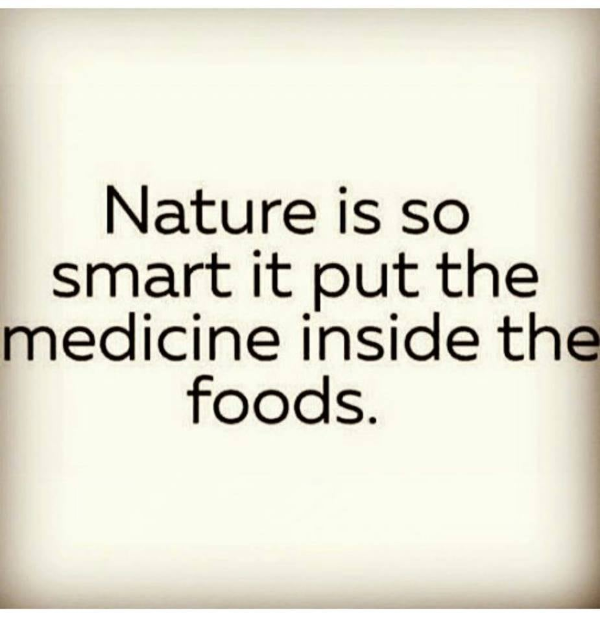How to Win by Being Kind to Yourself
,
Bolstering your friends is easy — you readily see their worth, light, and influence.
Bolstering your
self seems to be much harder — especially if you suffer from any number of possible mental disorders, including but not limited to:
- Depression
- Anxiety
- Bipolar disorder
- Borderline personality disorder.
That pervasive denigrator has been called lots of things, from inner critic to devil-on-your-shoulder to alter ego. But there’s one thing they all have in common: they don’t help you, at all, in any way.
Some of you may be thinking: “But in my case, it’s
genuinely right.”
Well, since that’s entirely subjective, it isn’t worth disproving. But the
fact is, whether you believe it’s telling the truth about you or not, it can
only hurt you.
It limits your thinking to the frame you’ve built for yourself, and won’t permit the acceptance of new information that doesn’t match that narrative.
It promotes perfectionism, which everyone knows is an impossible standard doomed for disappointment and failure. The
only good thing about perfectionism is that it indicates a personal investment in the quality of your contributions.
And it ultimately leads to depressive feelings. You hear your own thoughts more often than you hear anything else — what could negative self-talk do but condition you to believe you’re [insert insulting sentiment here]?
Conversely, being kind, generous, forgiving, and positive with yourself has endless beneficial qualities.
Let’s look at just three of them…
 Stronger Overall Performance
Stronger Overall Performance
Athletes famously encourage positive self-talk. You see, it’s a tool. And anyone with a desire to perform well (at anything) knows they have to use every tool available to them.
If you reframe your self-talk, and use it to motivate yourself instead of beat yourself up after a loss or a mistake, you can re-ground yourself in reality.
Can you really not do this? Is failure actually the end of the road?
In most scenarios, the chance you have of succeeding is about the same as the chance you have of falling short, and telling yourself you won’t make it is a defense mechanism meant to soften the blow of that possible failure.
But if you train yourself in positive self-talk, using three metrics to guide you (instruction, motivation, or evaluation), the guiding force leading you through a task is rooting for you to win, and not preparing you for an inevitable loss.
This method has been shown to improve performance — something as simple as changing your mantra from “calm down” to “everything is alright.”
Rewiring Your Brain
A study done on the subtle difference between using “I” when you refer to yourself and using your name proved rather fruitful to psychologist Ethan Kross.
He calls self-talk “a regulatory mechanism.”
It programs the kinds of things you can or would say to yourself. If a friend were feeling nervous, you’d be very unlikely to say to that friend “You’re right! You’re an idiot.”
Social regulations prevent that from getting you very far.
The same mechanism operates inside your brain. So distancing your self-talk in your brain, by referring to yourself as your name, yielded more positive comments.
On top of that,
nothing can rewire your brain more effectively than your thoughts.
And the more positive thoughts you generate, the more neurons grow in the left prefrontal cortex (which controls emotional responses, dopamine, norepinephrine, serotonin, and neurotransmitters involved in mood regulation), and vice versa with the right prefrontal cortex and negative thoughts (which controls the planning of behavior and the ability to focus.)
 Stress Management
Stress Management
It should be no surprise that people who identify as optimists also experience lower stress levels.
Well, there’s a reason for that.
Researchers have found that positive self-talk promotes lower rates of depression and distress, better cardiovascular health, stronger coping skills, better psychological
and physical wellbeing, and shockingly, better resistance to the common cold.
This is because positive self-talk is
solution based. Running a negative thought through a positive filter can look like: “I’ve never done this before and it will be a disaster” turned into “I’ve been given an opportunity to master this skill and I’ll be better at it after I try.”
You also tend to
catastrophize when you’re using negative self talk, which gives you an unrealistic picture of your actual capabilities and progress, forcing you to worry about how you’ll manage to succeed with such limited and fallible resources.
Your body responds to that stress.
And it takes your parasympathetic nervous system (you know, fight or flight) right down with it.
So really, no one said positive self-talk was
easy.
Just that it’s ultimately leagues better for you than disaster-proofing your life by being prepared for disappointments.
And if you want lower stress, higher performance, and a happier left prefrontal cortex…
Be kind to yourself.
P.S. If you want to learn more about other ways to manage your life into a stress-free zone,
check this out.
For full references
go here







 She’s so happy, it’s great!
She’s so happy, it’s great!


































 and a
and a 




